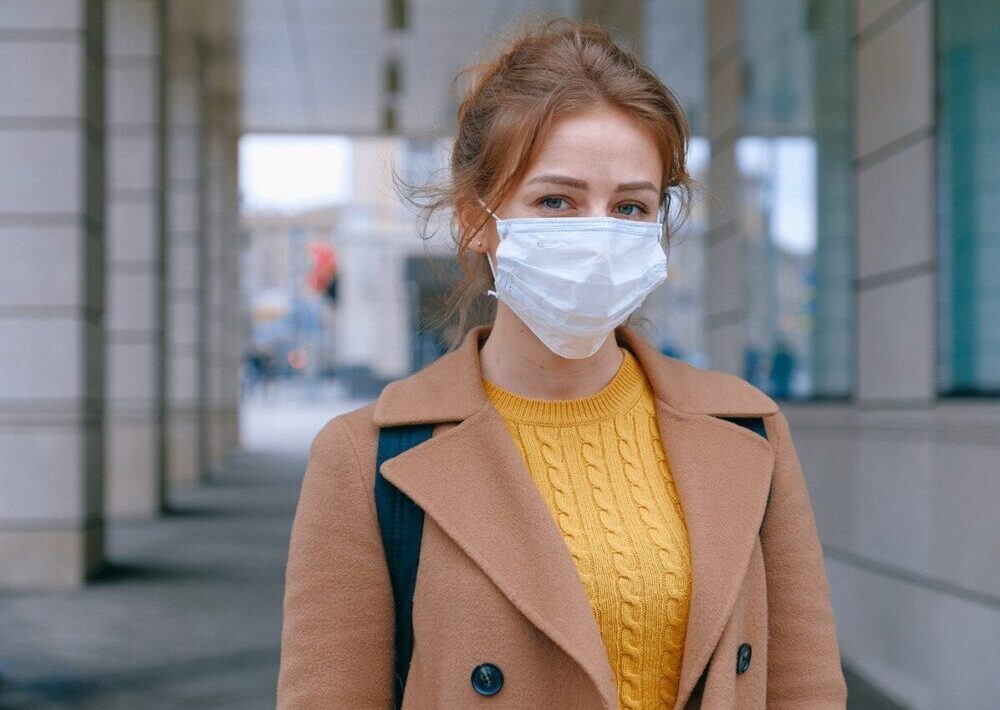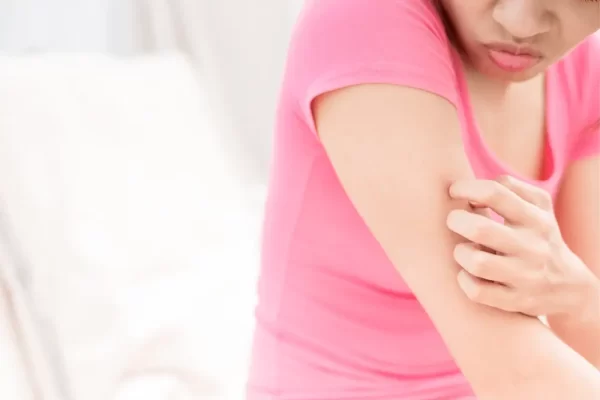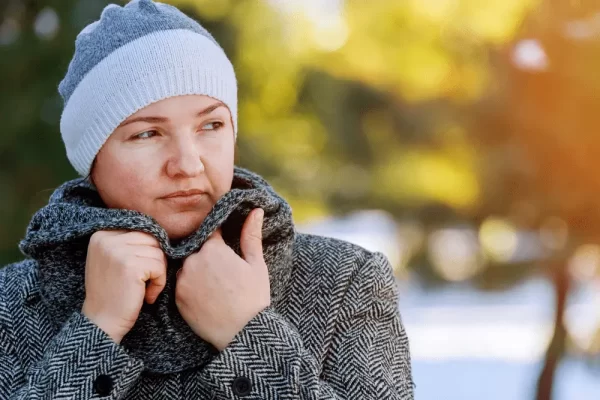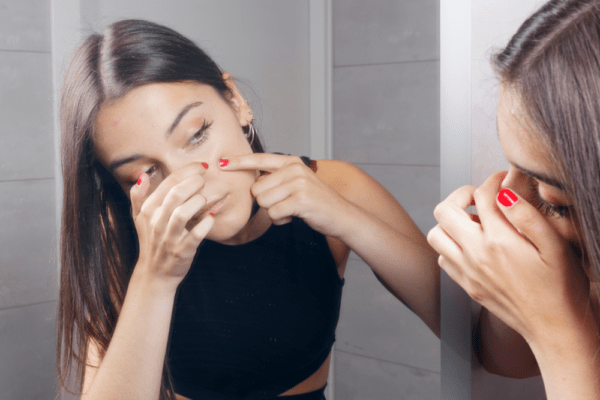As the pandemic continues, more evidence has shown the effectiveness of masks and how wearing face masks is one of the best ways to reduce the spread of COVID-19. So, if you’ve been a responsible citizen, you are wearing your mask whenever you are out in public.
For most people, wearing a mask hasn’t posed a whole lot of inconvenience, but for others, it comes with some side effects, one of which are skin issues like Maskne (mask + acne). Wearing a mask can sometimes cause — or worsen — breakouts, rashes and other skin problems on the face.
What is Maskne
The technical term for maskne is ‘acne mechanica’, acne or skin eruptions caused due to wearing a face mask. Maskne is the result of the friction of fabric against the skin, which can lead to inflammation and irritation of the skin that impacts the pores, thus contributing to acne.
Masks make a perfect storm of pimple possibilities as when you breathe or talk, your mask tends to trap in a lot of hot air, creating a warm and moist environment. And bacteria thrive in such an atmosphere. This then leads to an overgrowth of a natural bacteria called P.acnes. P.acnes, when it overgrows, can lead to acne breakouts.
Not only does the growth of bacteria and friction of the mask lead to clogged pores and acne, but this could also break down the skin barrier, the microscopic layer of protective oils and fats that protect skin against bacteria as well as keep hydration inside the skin. This can not only make acne worse but could also cause particular problems in people with more dry or sensitive skin. Furthermore, you don’t even have to wear a mask for hours every day to start noticing maskne, though how long you wear it could play a role. Just putting on a mask to run to the grocery store or other errands could still have an impact on your skin.
Maskne isn’t necessarily a new phenomenon as medical professionals have worn masks for years and have experienced this issue. However, more people are now being observed to increasingly go through the same as everyone is being asked to wear a mask to prevent the spread of coronavirus.
If you are already someone living with skin conditions such as rosacea, cystic acne, or atopic dermatitis, also known as eczema, you might be more likely to experience mask-induced acne.
So, what do you do when your mask is giving you acne? Even if you’re facing the maskne issue, ditching your mask is not an option. Maskne can be aggravating but please don’t let it prevent you from wearing a mask. Instead, a few simple changes to your mask-wearing and skin-care routine can help you treat and even prevent maskne and blemishes. Here’s how.
How to Prevent Maskne
Check your face mask
One of the first steps in preventing maskne is choosing the right fabric for your face mask. To keep that sauna-like environment to a minimum inside your mask, look for lightweight fabrics that don’t create as much friction against your skin. Many dermatologists and other medical experts recommend sticking to materials like cotton that are breathable and fairly gentle on the skin and create less friction than synthetics like polyester and rayon.
Another reason for skin chaffing and maskne could be that you are allergic to the face mask. Some commercial face masks are pre-treated with formaldehyde to disinfect them. If you’re allergic to that chemical, those masks could spark a breakout. Likewise, washing your masks with heavily scented detergents or softeners can cause itching, redness or rashes if you have sensitive skin.
Choosing the right fabric and taking proper care of your mask can help prevent skin irritation or sensitivity.
Keep your mask clean
Continuing from the last point, washing your masks regularly and maintaining them clean is another major way to keep maskne at bay. Wash your mask before you wear it for the first time and frequently after to cut down on the amount of dirt and bacteria that can linger on the fabric and then run the risk of getting transferred to your face.
As already mentioned, use dye-free, fragrance-free detergents and fabric softeners since they can also be a culprit of your maskne and you might not even notice.
Washing your masks help not only to make them more tolerable to wear, but this process is also very important for infection control.
Take care of your skin
When it comes to treating maskne, taking the right care of your skin is equally important. Wash your face with a suitable cleanser for your skin. If you already have an acne-prone skin type, you need to be washing your face twice a day.
Look for gentle products that target acne without further irritating your skin. A good foaming cleanser to get rid of all the dirt and grim on the face will help keep your skin clean and calm. At the same time, keep in mind to not over wash your face. Being concerned about maskne might urge you to wash your face multiple times a day. Overwashing can strip our skin’s natural barrier and it might only make the breakout worse. Washing twice a day is enough for most people.
Also, consider taking a break from cosmetics such as heavy makeup or anything that could clog your pores or aggravate acne or other skin lesions.
Choose the Right Ingredients
Picking the right type of products for your skin plays a major role to treat and/or prevent maskne. Acne fighting ingredients like salicylic acid, antibacterial benzoyl peroxide and other AHA’s and BHA’s found in face washes and cleansers help keep pores clean if you wear a mask often.
Other ingredients you should look for when it comes to treating acne include glycolic acid, Sulphur and zinc. These contain properties which are known to help fight and prevent acne breakouts. Washing your face with an anti-dandruff shampoo that has Ketoconazole or selenium sulfide in it has also shown to be calming for the skin and help remove excess yeast buildup – especially around the nose and mouth.
Avoid products containing sodium lauryl sulfate, or SLS, a harsh chemical that can strip away the skin’s natural protective oils and impair.
When protecting your skin from a mask, you want to create a barrier- both between your skin and the mask and between your skin and the moisture that builds inside while you wear it. This is where moisturizing comes in. Use moisturizers which contain ingredients like hyaluronic acid and ceramides, which are critical to protecting the skin. Also make sure your moisturizer is non-comedogenic, which means it won’t clog pores and cause breakouts.
Maskne and facial hair
People with facial hair can particularly run into issues with wearing masks and maskne. Facial hair like beards and mustaches have the same microbial environment as the rest of the face. Following a similar skincare routine will help prevent skin problems.
Know when to ask for help
If despite following all of the measures you aren’t seeing improvement with your acne, check in with your dermatologist. Getting your doctor’s help would aid you diagnose the condition better and look for other treatment options.




